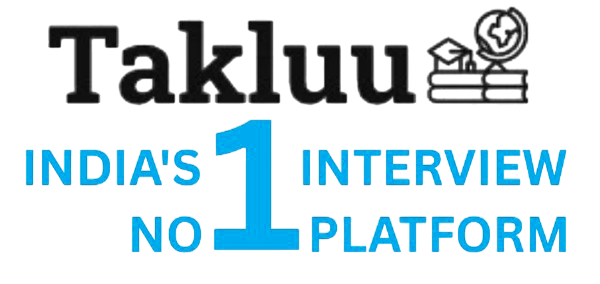Ques:- What is swagging and fullering?
Asked In :-
Parryware, Bharat Benz, Engineering Component Solution, E-T-A, landis+gyr, brakes india limited, foss, mercedes amg petronas formula one team, aimil, smith + andersen,
Right Answer:
Swagging is a metal forming process that involves deforming a workpiece by applying pressure to create a desired shape, often using a die. Fullering is a specific type of forging operation that involves reducing the cross-section of a metal piece by applying pressure with a tool called a fuller, which creates a groove or indentation.
Swagging is a metal forming process that involves deforming a workpiece by applying pressure to create a desired shape, often using a die. Fullering is a specific type of forging operation that involves reducing the cross-section of a metal piece by applying pressure with a tool called a fuller, which creates a groove or indentation.

